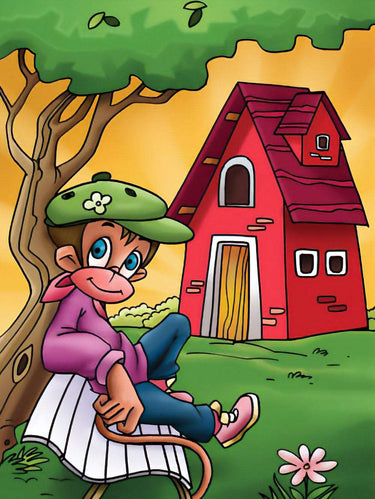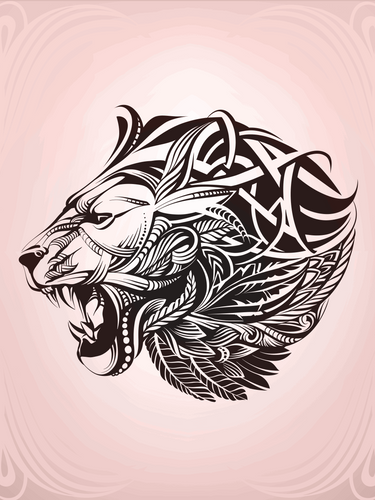The emergence of Augmented Reality (AR) has emerged as a game-changing innovation in the dynamic arena of technical illustration. Unlike traditional static graphics, AR augments real-world images or objects with interactive digital material. This merging of virtual and physical worlds transforms how difficult topics are presented and comprehended. Let's look at how the use of augmented reality in technical illustration is transforming industries ranging from education to manufacturing.
Augmented Reality (AR) is the process of superimposing digital information on the physical world in order to improve the viewer's sense of reality. AR blurs the gap between virtual and real by utilising cameras, sensors, and computer-generated information to create an immersive and interactive experience. While instructive, traditional technical graphics are static representations. AR brings these images to life, transforming them into dynamic, interactive experiences. Consider viewing an engineering diagram and being able to see each component in 3D, rotate it for a better look, and even digitally dismantle it for a thorough comprehension.
AR-infused technical illustrations provide a unique learning experience in educational contexts. Students can interact as though they were physically present with complicated equipment, molecular structures, or architectural designs. This hands-on contact speeds up learning and comprehension while overcoming the limits of traditional textbooks. AR-aided technical illustrations are a game changer in manufacturing. AR glasses can guide assembly line workers through sophisticated assembly processes step by step. Digital overlays on physical components ensure that each component is properly positioned, decreasing errors and increasing efficiency.
AR-powered technical illustrations break down language barriers. Interactive AR graphics provide universal understanding regardless of the viewer's native language. This skill is extremely useful in global industries where varied teams work together. It enables designers to visualise their designs in a real-world setting before building physical prototypes. Designers may analyse scale, ergonomics, and aesthetics by superimposing digital models onto real-world situations, making design iterations more efficient.
While the incorporation of AR in technical illustration opens up a world of possibilities, problems like as hardware compatibility, software development, and user adoption do exist. However, as technology advances, these stumbling blocks are being overcome, opening the way for more seamless AR experiences.
To conclude, the combination of Augmented Reality and technical illustration is a transformative synergy that propels industries into a new era of comprehension and communication. AR-infused technical graphics inspire learners, improve industrial processes, and expand problem-solving capacities by linking the virtual and real worlds. As this technology evolves, the possibilities become endless, offering a future in which complicated concepts are demystified through interactive and immersive visual encounters.






